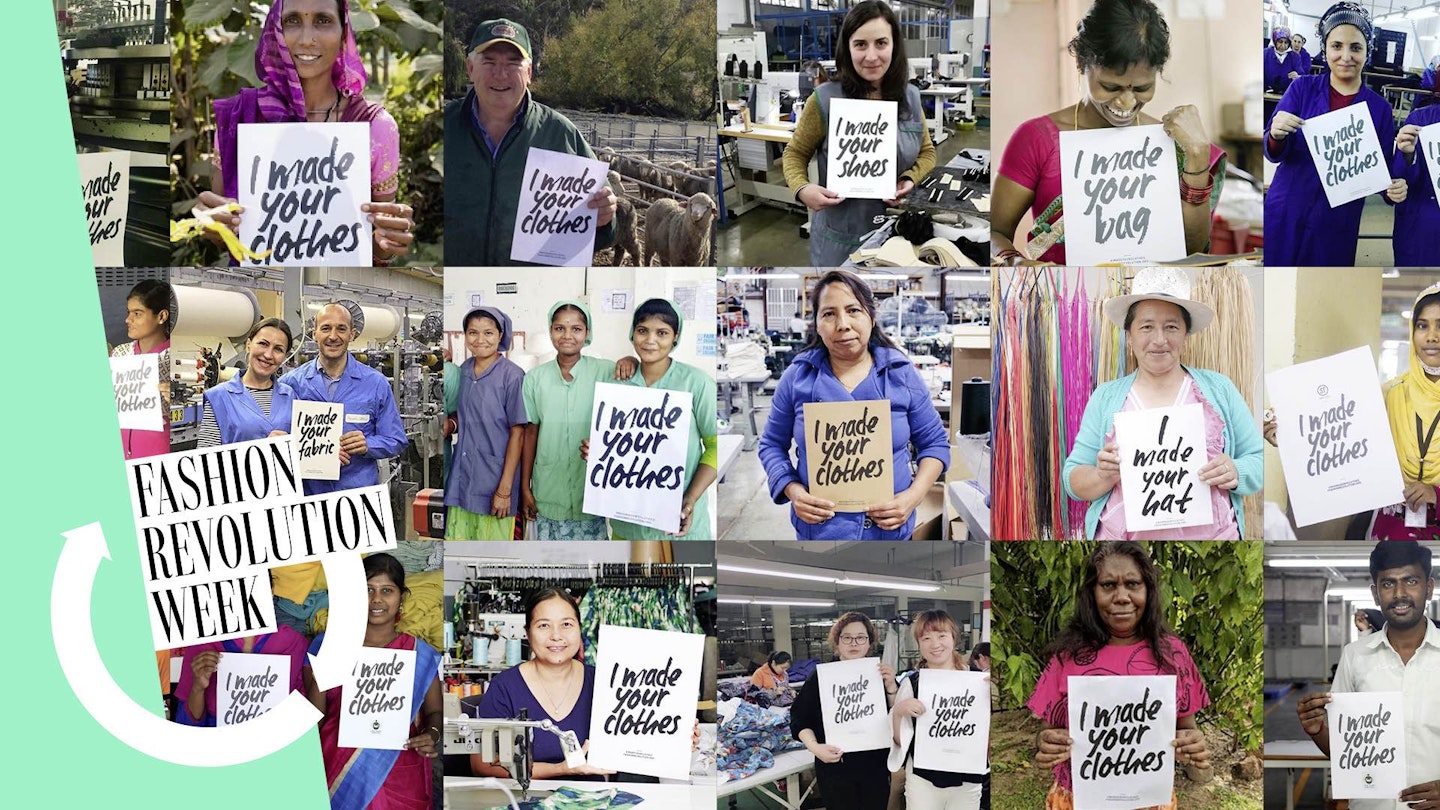Arguably, there couldn’t have been a more pertinent week for Fashion Revolution’s Fashion Question Time to take place. On Tuesday, as Extinction Rebellion's week-long London offensive made crucial headlines, fashion’s movers and shakers gathered in South Kensington’s V&A to discuss their role in the current climatic emergency.
And the fashion industry plays an indisputably crucial part. At the rate we’re now consuming garments – raced down the production lines, on to rails and into baskets and, soon enough, into landfill – fashion will account for one quarter of the world’s annual carbon budget by 2050, the Ellen MacArthur Foundation reported. The particulars of the fashion industry’s state are being discussed more frequently, so much so that stats about its abysmal legacy almost roll off the tongue: the 1.2bn tonnes of yearly waste; that the industry is the second largest polluter in the world after oil; that it produces 20 per cent of waste water each year; that shoppers in the United Kingdom alone are hoarding £46.7bn of unworn clothing in their wardrobes at any one time. They are repeated, often, alongside fervent calls for change. Too right: change is needed urgently and, for the most part it feels like the industry’s big players are finally in agreement about this. But what will that take, and what will the repercussions be for consumers in the UK? As Tuesday’s panel was asked in accordance with this year’s theme, how will innovation and sustainability change the fashion panorama? For fashion, what does Tomorrowland actually look like?
While it’s an essential journey, it’s also intensely complicated. So far we have looked towards high street giants like H&M, M&S and the Arcadia Group to lead the way – and some, notably the former two, have made some headway into doing so. H&M, for example, has taken charge with addressing its supply chain, encouraging consumers to buy from its sustainable collection and advising how to look after and recycle their clothing to reduce waste. Likewise, M&S has committed delivering its “Plan A” by 2025, including a transparent supply chain, vastly reducing plastic use and waste and greater community engagement. Of course, commentators say, it is a snail-pace race – these giants cannot move at the rate we would like them to. It’s frustrating: we have seen the problem, clearly, now, and we would like it to be dealt with. Only, it just doesn’t work like that.
Fashion Question Time negotiated this quandary deftly, dispelling the myths that often prefix shallow solutions to this looming issue. For instance, while audience members suggested imposing blanket bans on synthetic fibres like polyester, spandex, acrylic and rayon, suggesting that – just like the plastic straw “revolution” – this would be a quick and succinct way to cut down fashion’s carbon footprint, this would hardly be a solution at all. “This example highlights the complexities of mass produced fashion and the materials that we use in fashion,” Dr Mark Sumner, a lecturer in Sustainability, Fashion and Retail at the University of Leeds. “Because actually, a material like polyester can be much more sustainable than a material like cotton.”
Sumner explains that, while polyester takes 200 years to decompose and releases toxic microfibres into the ocean (though increasingly popular PETr – recycled polyester – is growing ever more common in use), it is “much more durable and will last far longer than a cotton garment”; it’s fast-drying and versatile. It lasts – meaning it has the potential to be less wasteful – it meets worker health and safety protocols for uniforms. It doesn’t use the vast amounts of pesticides and water to produce that cotton does.
It’s cheaper. This is an issue all of its own. Because, while fast fashion is indisputably and unforgivingly harming the planet, historically it emerged as a product of social injustice. Once upon a time, fashion was reserved for the elite – those who could afford to indulge did, while the majority weren’t privy to fashion’s moods. Working classes would own two outfits – one for Sunday best and one for the working week. It wasn’t until technological advances in post-war Britain in the 1960s and a change in attitude of consumers that fast fashion started to emerge. By the 1990s, it was more acceptable to admit a love for cheap clothing. And it’s kind of gone downhill from there – “In the last 16 years clothing consumption has doubled,” Laura Balmond, Project Manager for Make Fashion Circular at the Ellen MacArthur Foundation, told Tuesday’s panel. “And in the meantime we’re using clothes up to 40 per cent less than we were 16 years ago. So we’re producing more and using them less.”
Now consumption of fashion is out of control – but a swift move towards consuming significantly less, and an inevitable upturn of prices could mean that we create damaging social rifts. “While there is a climate emergency, there is also a social emergency,” says Mary Creagh, MP for Wakefield, told the panel “and we have to tackle both of those things, together.
“We must move towards a much more sustainable economy – but we must also make it a just transition. We have to ensure that we don’t create winners and losers in this scenario, and that fashion doesn’t become something for the rich people to enjoy.
“I feel very passionately about this because, in the destruction of the coal mines, in the 1980s, my constituency was decimated. It created immediate unemployment, hunger – and it was because of an unjust transition.
“That we move, now, is important, but equally so is how we move. We must make this transition with ordinary people with us at every step and allow them time to adjust and change their own behaviour as the industry evolves, too.”
In short, sustainable fashion must be available – but it must be available for everyone. Despite one Extinction Rebellion organiser in attendance at Fashion Question Time posing whether fashion had a place at all in the precarious future ahead, the reaction was unanimous. “Fashion means jobs for people and joy for people,” Balmer said. “We all need it. We just need to find a way of doing it differently.
Grazia Sustainable Fashion Brands
 1 of 60
1 of 60Sustainable Fashion Brands
 2 of 60
2 of 60Sustainable Fashion Brands
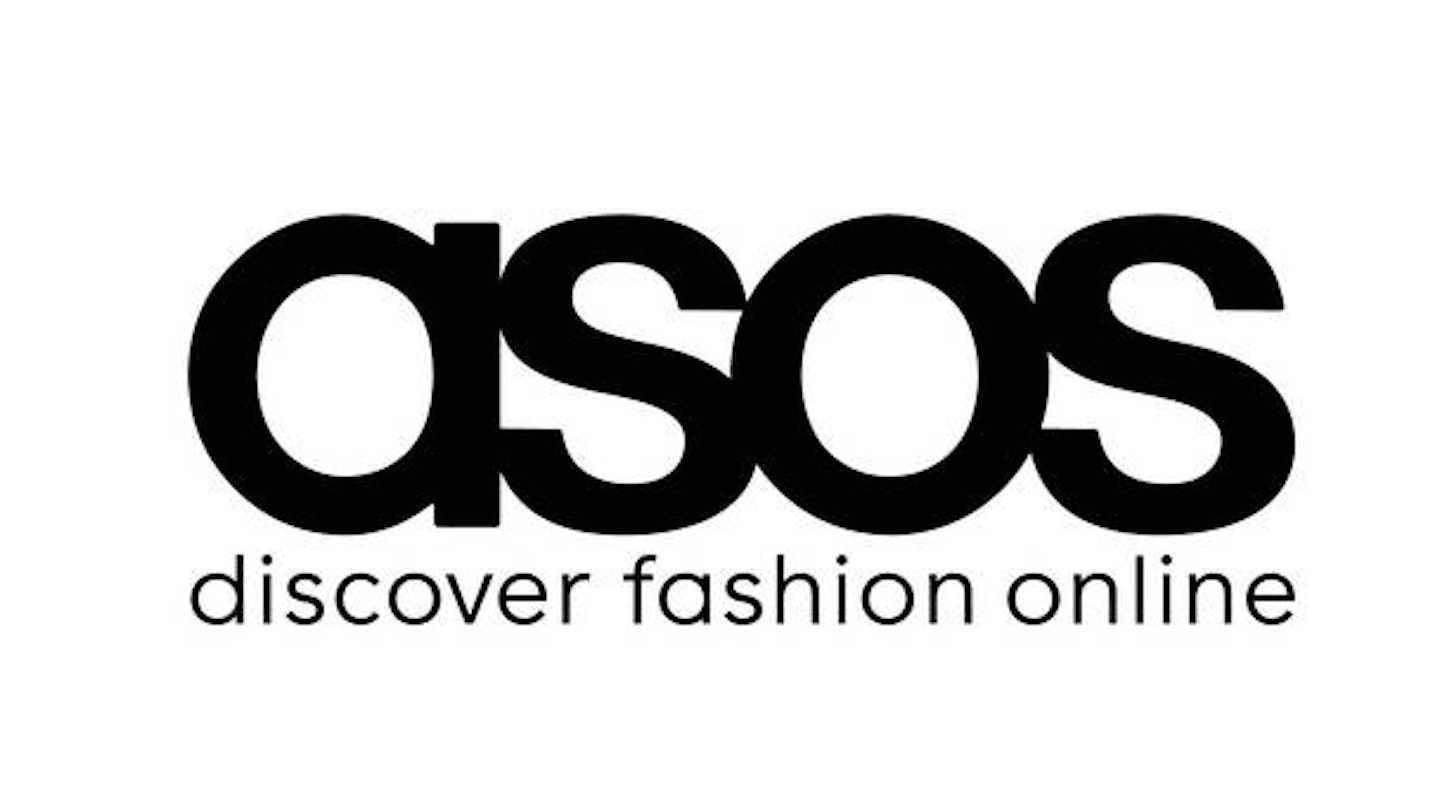 3 of 60
3 of 60Sustainable Fashion Brands
 4 of 60
4 of 60Sustainable Fashion Brands
 5 of 60
5 of 60Sustainable Fashion Brands
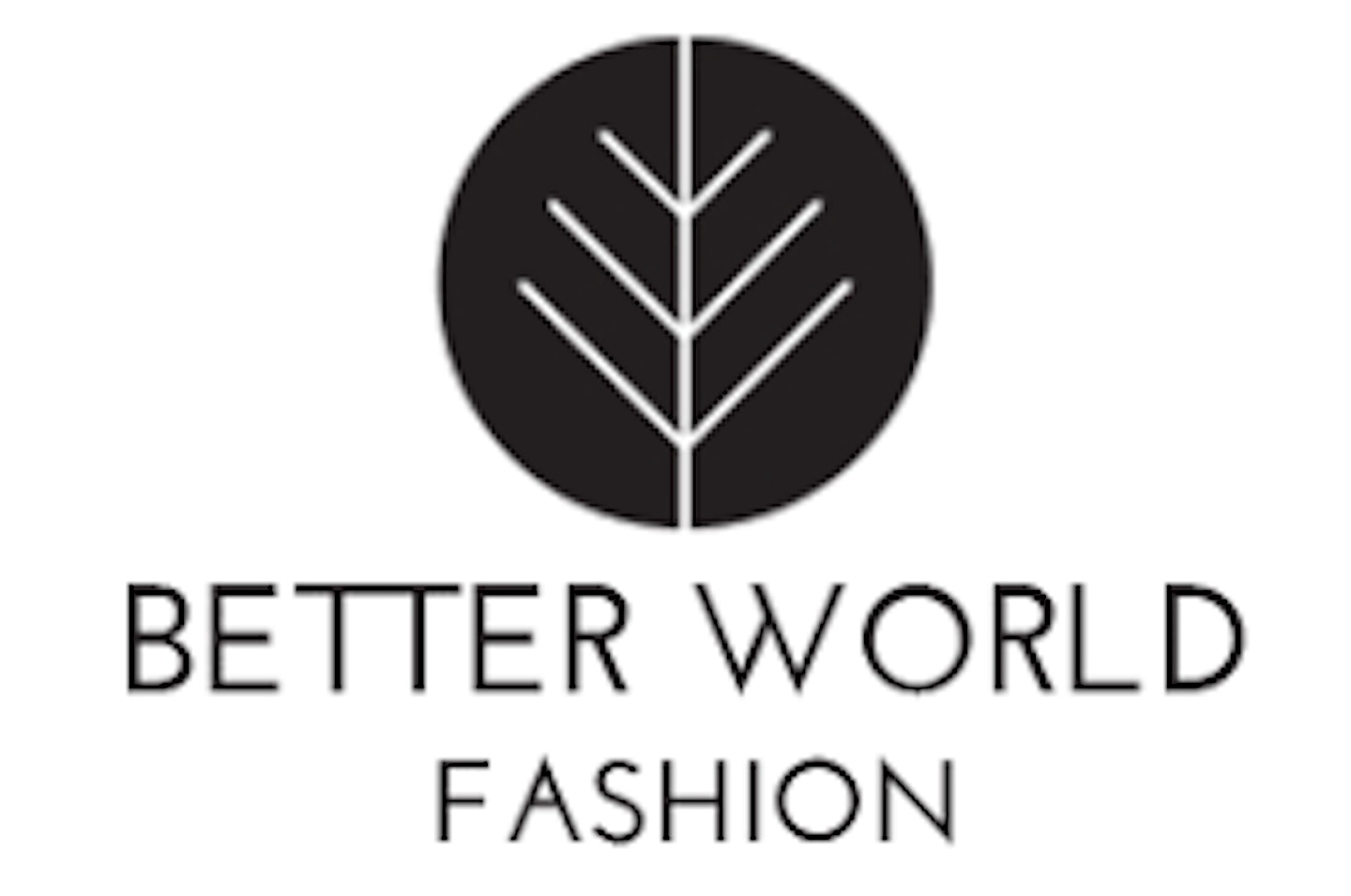 6 of 60
6 of 60Sustainable Fashion Brands
 7 of 60
7 of 60Sustainable Fashion Brands
 8 of 60
8 of 60Sustainable Fashion Brands
 9 of 60
9 of 60Sustainable Fashion Brands
 10 of 60
10 of 60Sustainable Fashion Brands
 11 of 60
11 of 60Sustainable Fashion Brands
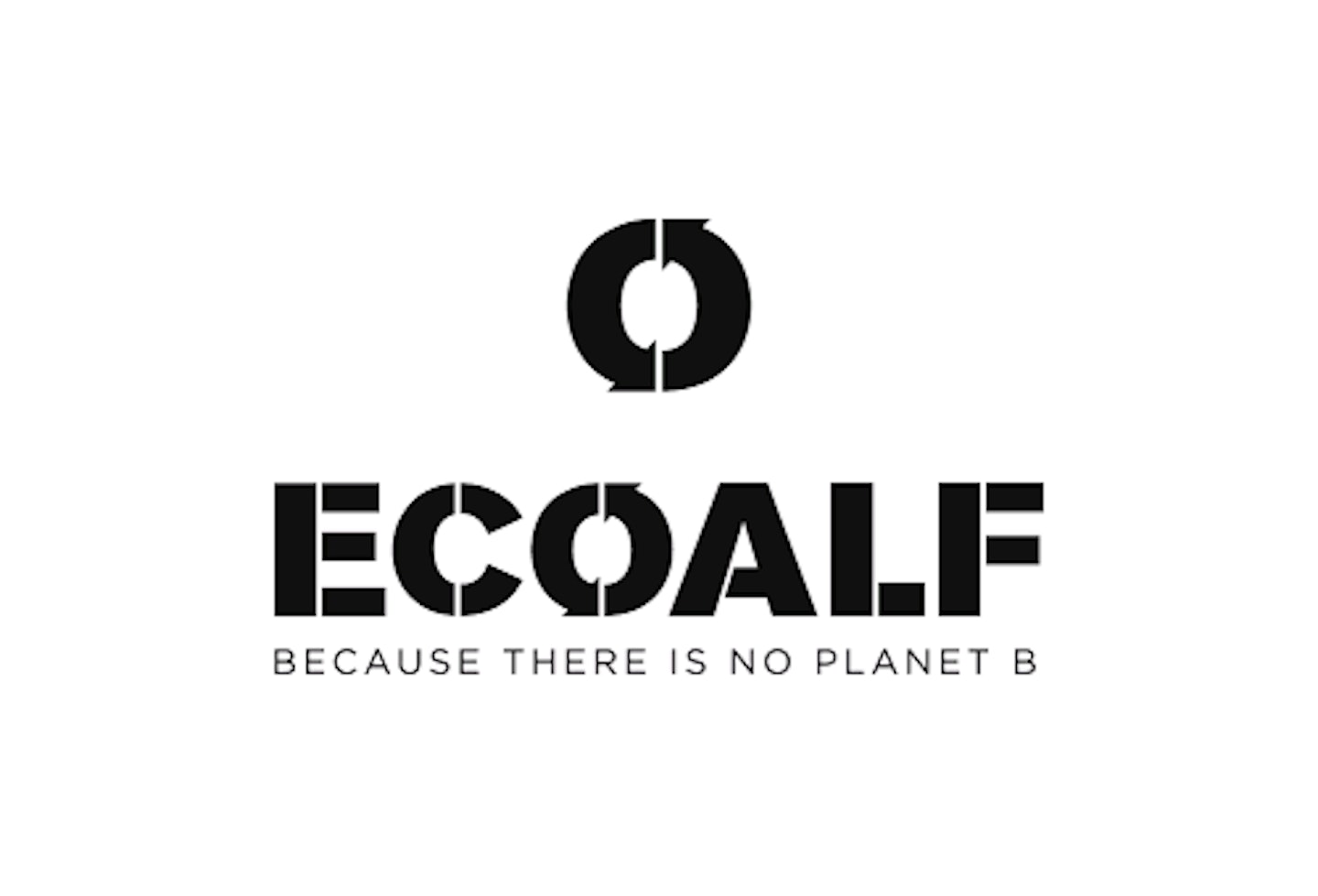 12 of 60
12 of 60Sustainable Fashion Brands
 13 of 60
13 of 60Sustainable Fashion Brands
 14 of 60
14 of 60Sustainable Fashion Brands
 15 of 60
15 of 60Sustainable Fashion Brands
 16 of 60
16 of 60Sustainable Fashion Brands
 17 of 60
17 of 60Sustainable Fashion Brands
 18 of 60
18 of 60Sustainable Fashion Brands
 19 of 60
19 of 60Sustainable Fashion Brands
 20 of 60
20 of 60Sustainable Fashion Brands
 21 of 60
21 of 60Sustainable Fashion Brands
 22 of 60
22 of 60Sustainable Fashion Brands
 23 of 60
23 of 60Sustainable Fashion Brands
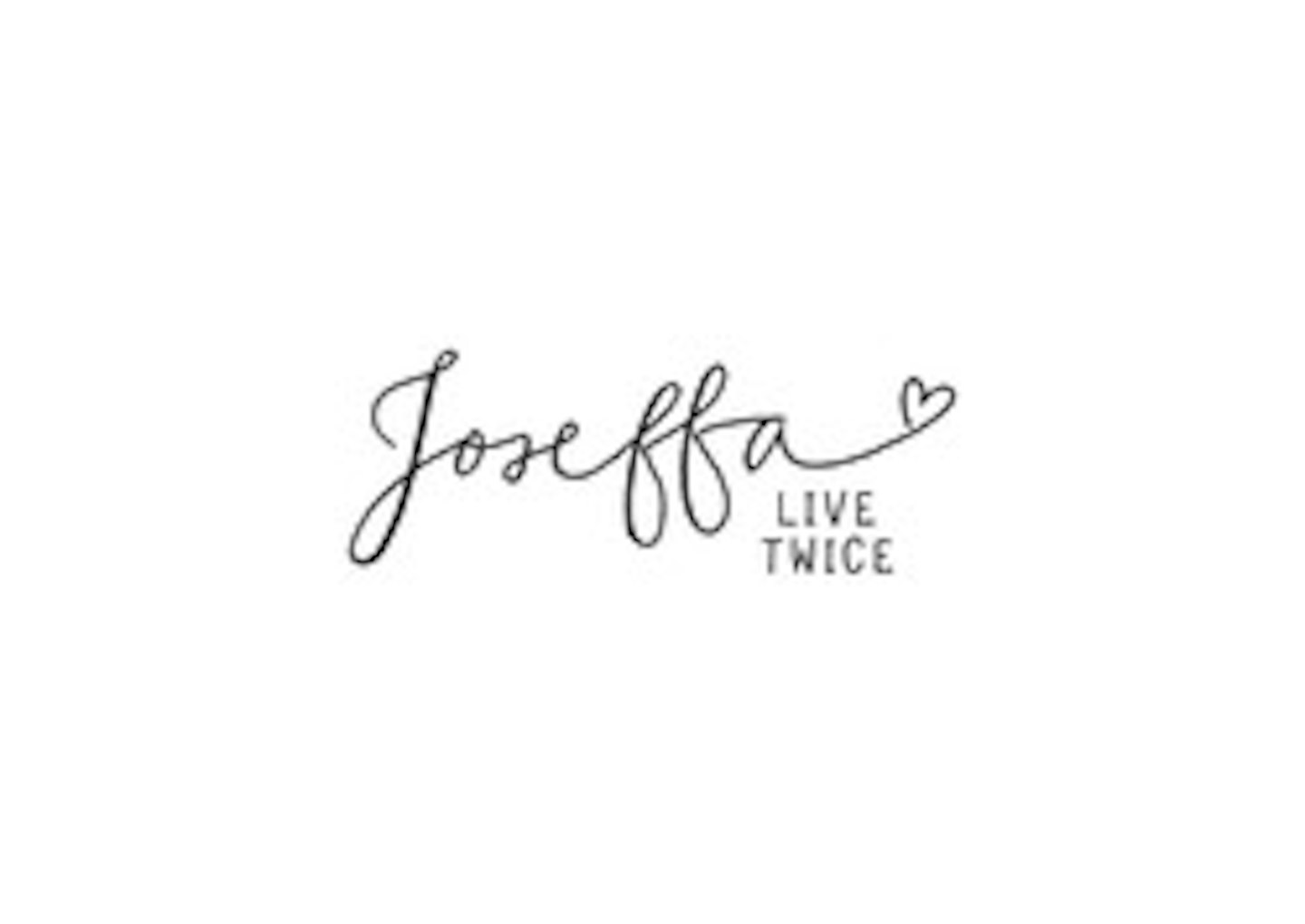 24 of 60
24 of 60Sustainable Fashion Brands
 25 of 60
25 of 60Sustainable Fashion Brands
 26 of 60
26 of 60Sustainable Fashion Brands
 27 of 60
27 of 60Sustainable Fashion Brands
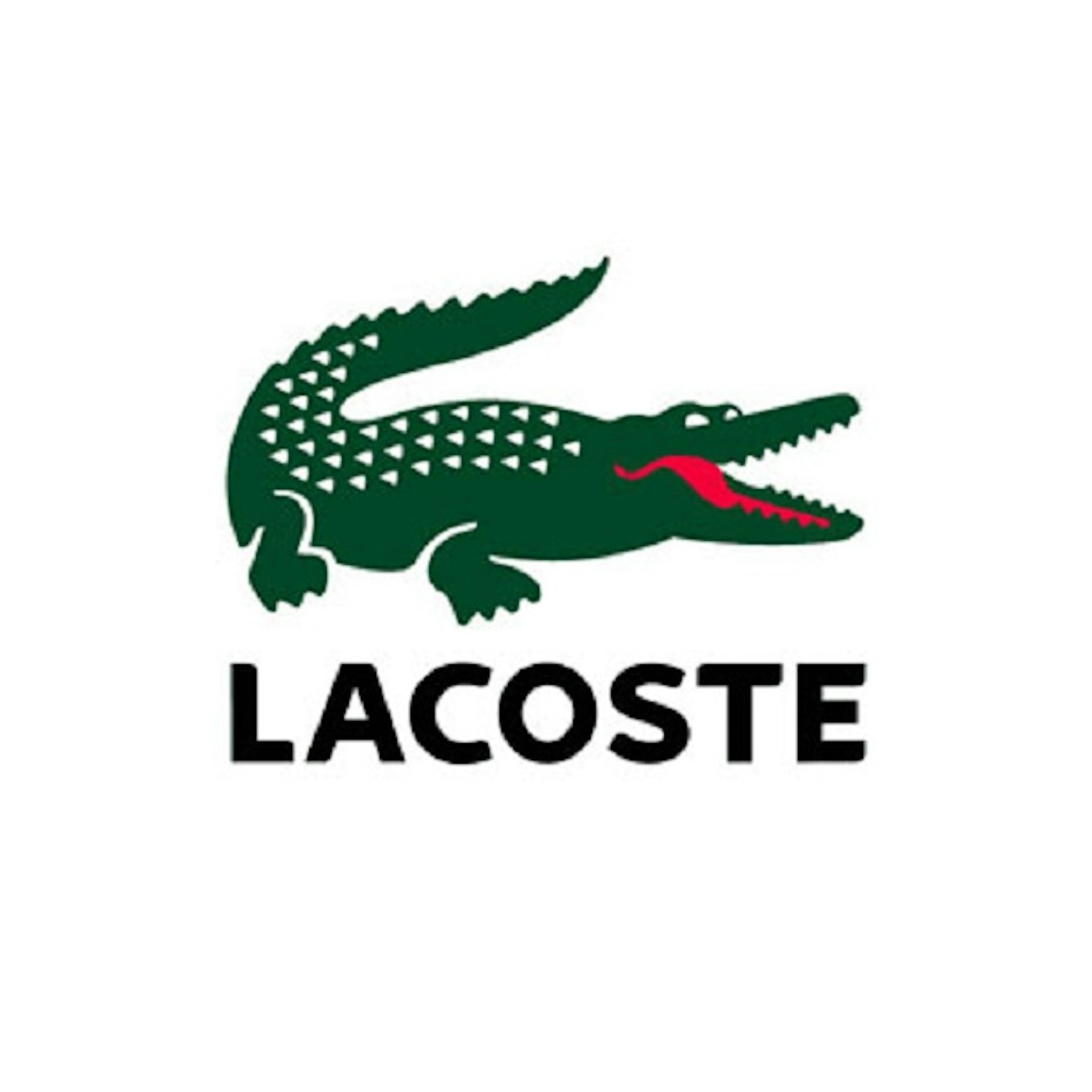 28 of 60
28 of 60Sustainable Fashion Brands
 29 of 60
29 of 60Sustainable Fashion Brands
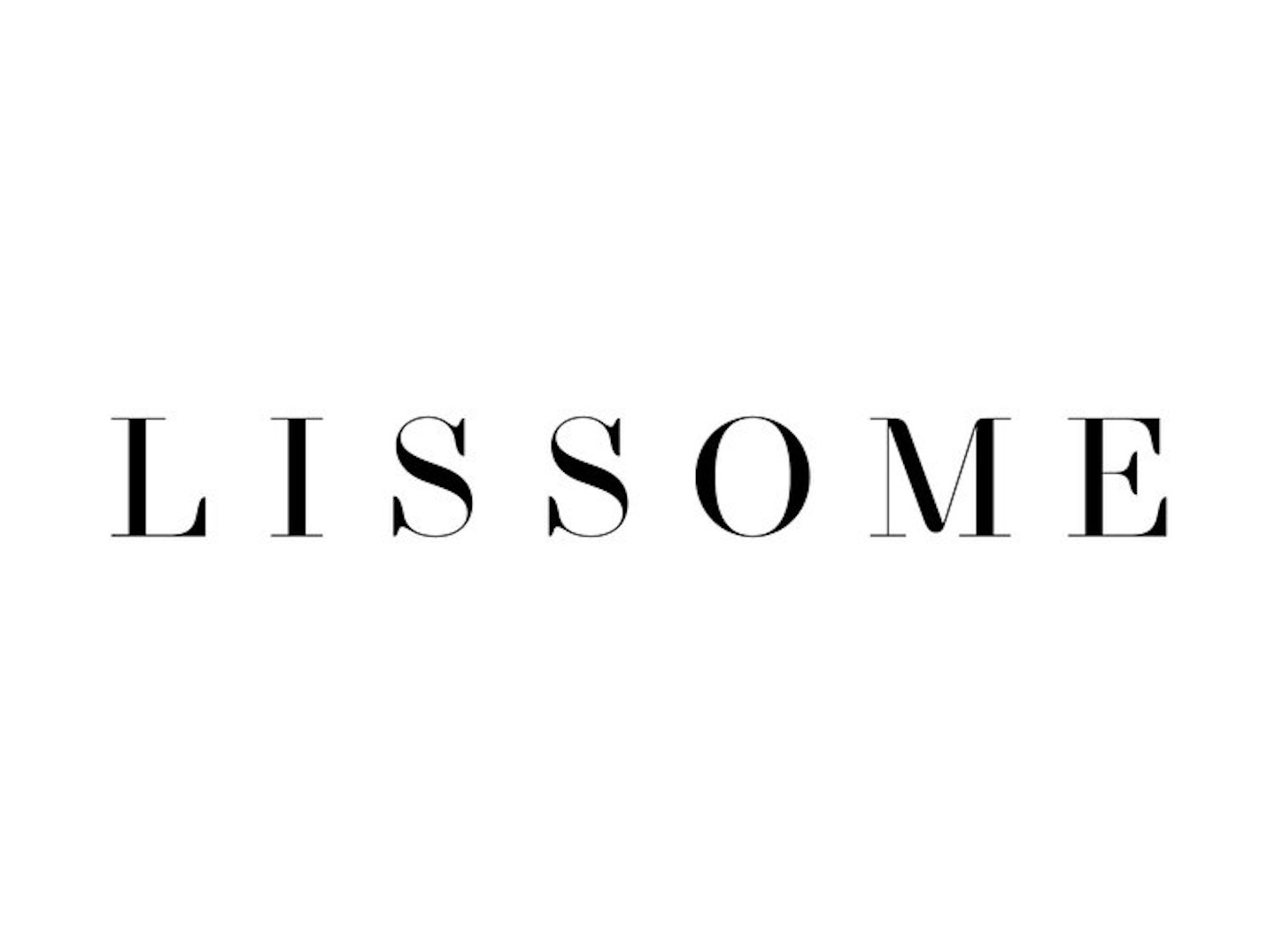 30 of 60
30 of 60Sustainable Fashion Brands
 31 of 60
31 of 60Sustainable Fashion Brands
 32 of 60
32 of 60Sustainable Fashion Brands
 33 of 60
33 of 60Sustainable Fashion Brands
 34 of 60
34 of 60Sustainable Fashion Brands
 35 of 60
35 of 60Sustainable Fashion Brands
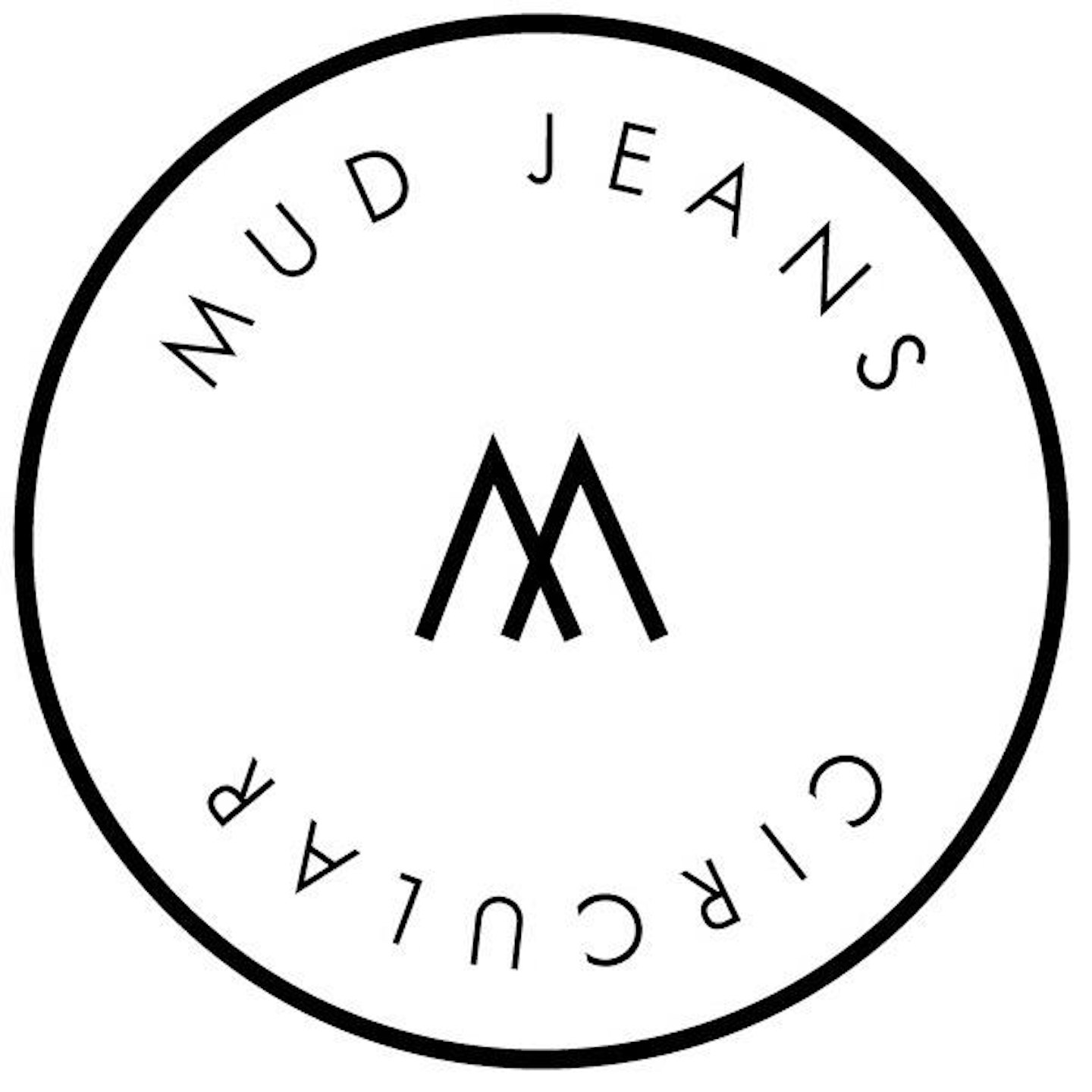 36 of 60
36 of 60Sustainable Fashion Brands
 37 of 60
37 of 60Sustainable Fashion Brands
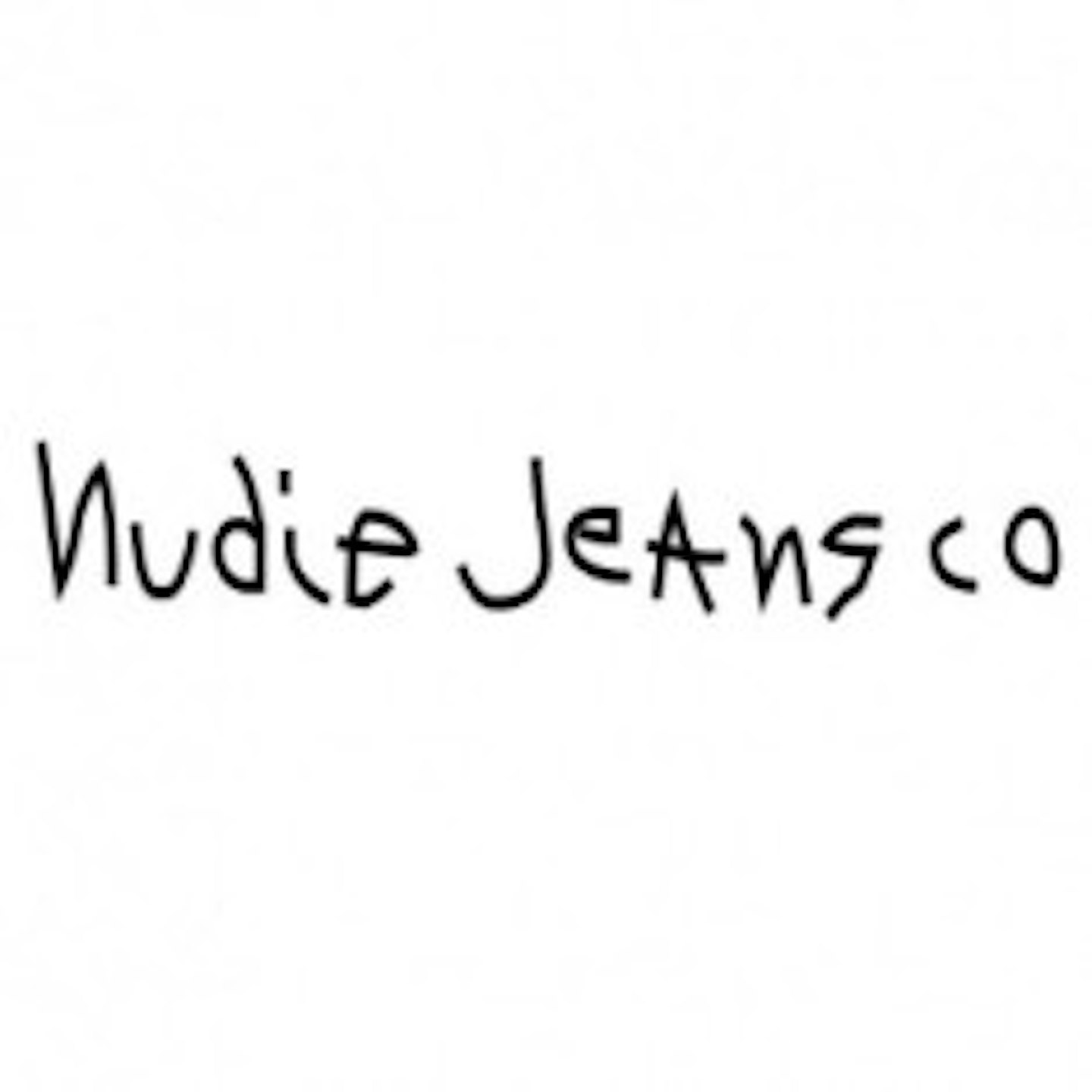 38 of 60
38 of 60Sustainable Fashion Brands
 39 of 60
39 of 60Sustainable Fashion Brands
 40 of 60
40 of 60Sustainable Fashion Brands
 41 of 60
41 of 60Sustainable Fashion Brands
 42 of 60
42 of 60Sustainable Fashion Brands
 43 of 60
43 of 60Sustainable Fashion Brands
 44 of 60
44 of 60Sustainable Fashion Brands
 45 of 60
45 of 60Sustainable Fashion Brands
 46 of 60
46 of 60Sustainable Fashion Brands
 47 of 60
47 of 60Sustainable Fashion Brands
 48 of 60
48 of 60Sustainable Fashion Brands
 49 of 60
49 of 60Sustainable Fashion Brands
 50 of 60
50 of 60Sustainable Fashion Brands
 51 of 60
51 of 60Sustainable Fashion Brands
 52 of 60
52 of 60Sustainable Fashion Brands
 53 of 60
53 of 60Sustainable Fashion Brands
 54 of 60
54 of 60Sustainable Fashion Brands
 55 of 60
55 of 60Sustainable Fashion Brands
 56 of 60
56 of 60Sustainable Fashion Brands
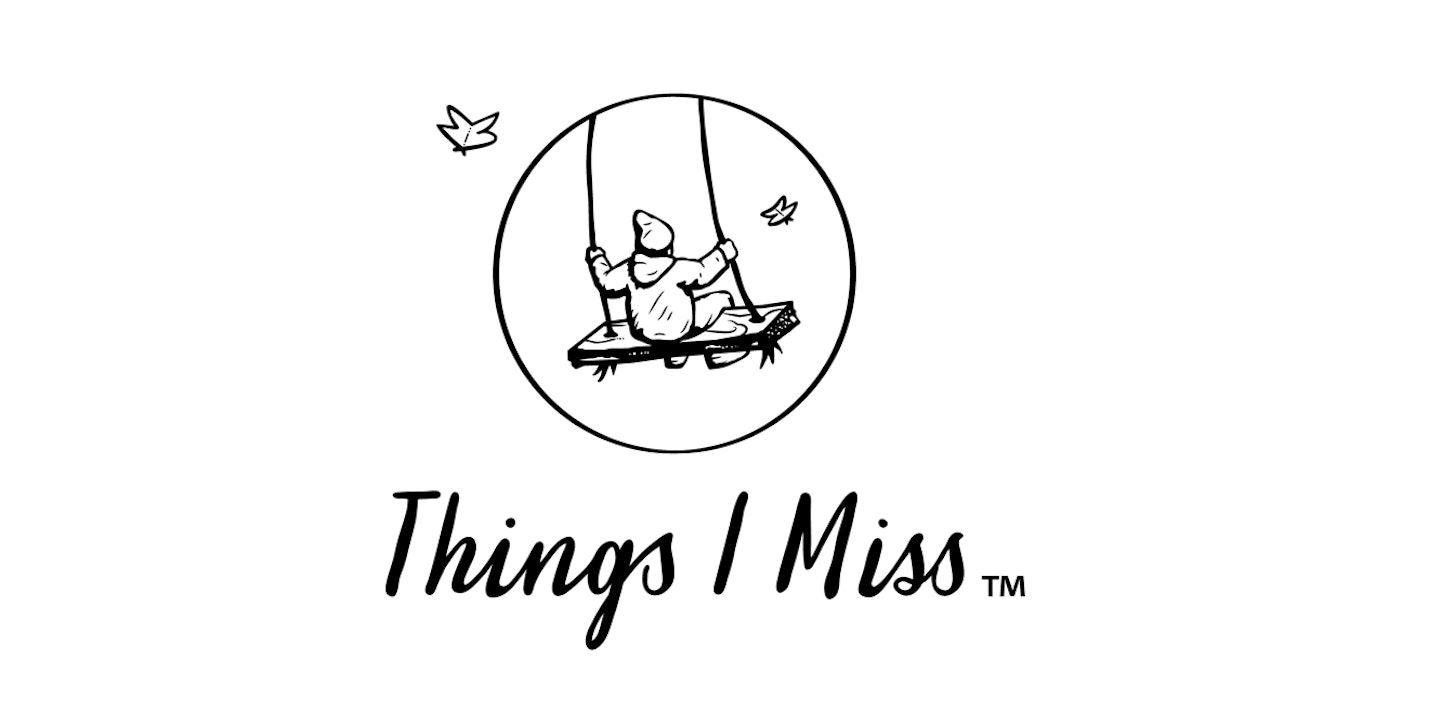 57 of 60
57 of 60Sustainable Fashion Brands
 58 of 60
58 of 60Sustainable Fashion Brands
 59 of 60
59 of 60Sustainable Fashion Brands
 60 of 60
60 of 60